The Polestar 2 is a very interesting vehicle. Not only does it come from a Swedish company that most people have never heard of but it is that brand’s first EV and yet, somehow, is perhaps the finest electric vehicle currently on sale.
Believe it or not but Polestar, a sub-brand of Volvo and Geely, has been producing the 2 since March 2020 at its Luqiao CMA Super Factory in China. In that time, it has been the subject of rave reviews in every single market where it is sold. So, eager to see just how good the EV is, we recently lived with one for a week to discover just what makes it special.
Australian sales of the Polestar 2 commenced in January 2022 where it is available in three configurations.
Sitting at the base of the range is the Polestar 2 Standard Range Single Motor and priced from AU$69,526 ($49,488) including all relevant fees, taxes, and registration costs. A Long Range Single Motor is also available and starting at AU$74,211 ($52,823) drive-away. The example we tested was the Polestar 2 Long Range Dual Motor that is priced from a very reasonable AU$79,421 ($56,531).
Read Also: Aussies Can Now Rent A Polestar 2 Through Hertz
Our tester was more expensive as it was equipped with the AU$8,000 ($5,694) Performance package that adds 20-inch Y-spoke polished forged alloy wheels with Continental SportContact 6 tires, gold Brembo front brake calipers, drilled ventilated front brake discs, Ohlins Dual Flow Valve adjustable shock absorbers, the dynamic chassis, gold valve caps, and gold seat belts front and rear. With a total price of AU$87,421 ($62,226), it matches up nicely against the AU$86,153 ($61,323) Tesla Model 3 Long Range and easily undercuts the quicker AU$100,871 ($71,799) Model 3 Performance.
The right specs
Powering the flagship model that we tested are a pair of electric motors producing 300 kW (402 hp) and 660 Nm (487 lb-ft) of torque. However, earlier this year, the car manufacturer rolled out a software update for the car that adds an extra 50 kW (67 hp) and 20 Nm (14 lb-ft), resulting in a total of 350 kW (469 hp) and 680 Nm (502 lb-ft), figures greater than those of even the Model 3 Performance.
This added grunt means the Polestar 2 Long Range Dual Motor can hit 100 km/h (62 mph) in 4.4 seconds as opposed to the 4.7 seconds that it used to take. In addition, the 80-120 km/h (50-74 mph) sprint time has been reduced to 2.2 seconds, half a second quicker than before.
Feeding these motors with their juice is a 78 kWh battery pack. Polestar says the 2 Long Range Dual Motor is good for between 455 km (282 miles) and 487 km (302 miles) of range on the WLTP cycle, positioning it slightly ahead of the Standard Range Single Motor with its claimed 445 – 478 km (276 – 297 miles) of range and the Long Range Single Motor with a range figure sitting between 515 km (320 miles) and 551 km (342 miles).
Volvo style
Upon laying eyes on the Polestar 2 for the first time, we were immediately struck by the intriguing fastback-style shape. It is virtually identical in design to the original Volvo Concept 40.2 and, therefore, exudes the same level of suave and sophistication as existing Volvo models.
The front end is characterized by a set of striking headlights with Thor’s hammer-style LED daytime running lights. A gloss black front grille also catches the eye, as does the matter black Polestar badge on the hood of our tester. It’s certainly quite a striking car, even though most people have no idea what it is. In fact, when the City of Melbourne issued us with a parking fine for sitting in a parking space for two hours longer than permitted, the parking inspector filled out the make and model of the car as ‘Unknown.’
However, it is the rear half of the Polestar 2 that is perhaps the most intriguing. For starters, there are those bold LED taillights and lightbar, the massive C-pillars, and the surprisingly high tailgate. It all makes for a very chunky but funky design and is a breath of fresh air from some of the humdrum designs coming from Polestar’s German rivals.
Sophistication personified
Step inside the Polestar 2 and anyone who has driven a modern Volvo will immediately feel a sense of familiarity. Indeed, key parts such as the steering wheel have been lifted directly from the Volvo XC40 and that’s no bad thing. In fact, we’ve long been fans of Volvo interiors and the cabin of the 2 is a joyous place to spend time.
The entire cabin of the 2 is vegan-friendly and features a bunch of recycled materials. We’re particularly fond of the fabric used on parts of the door panels and across the transmission tunnel. Immediately catching the eye is the massive portrait-oriented 11-inch touchscreen rocking the Android Automotive operating system.
So many car manufacturers nowadays are fumbling around with developing their own infotainment systems and try as they might to persuade buyers otherwise, many just end up using Apple CarPlay or Android Auto instead. By installing the Polestar 2 with an Android operating system straight out of the box, Polestar avoids this dilemma. While iOS users may need a little time to become familiar with the system, those that use other Android devices will find it easy to navigate and the inclusion of the Google Play Store and a three year subscription to Google Services is an excellent feature. The seamless integration of the Google Assistant is also very helpful.
Elsewhere, the cabin of the Polestar 2 features a large digital instrument cluster in front of the driver. Our test car also came with the AU$6,000 ($4,270) Plus Pack that includes a 13-speaker Harman Kardon Premium sound system, fixed panoramic sunroof, Polestar’s WeaveTech seats, fully-electrically adjustable seats with lumbar support, heated rear seats, heated steering wheel, heated washer fluid wiper nozzles, energy saving heat pump, ambient lighting, wireless smartphone charging, and a tinted rear window.
As the Polestar 2 is underpinned by Volvo’s ICE-based CMA platform, there is a large transmission tunnel running through the center of the cabin. While it’s bulky, we never found it to be an issue. Found in the rear of the EV is 405 liters (14.3 cubic-feet) of cargo space, including the additional 41 liters (1.4 cubic-feet) under the false floor.
Does it perform as well as everyone claims?
The driving experience delivered by the Polestar 2 is excellent. First is the acceleration.
Fresh off the car receiving Polestar’s software upgrade, we launched the performance timing app and immediately recorded a 0-100 km/h (0-62 mph) time of 4.4 seconds. This time was easily repeatable on good surfaces and even as the battery percentage dropped to single digits, the Polestar 2 didn’t slow down at all and would still consistently hit that 4.4 second mark. We also recorded 4.3 second sprints to 100 km/h on a couple of occasions.
Of course, it’s not just the acceleration that makes the 2 Long Range Dual Motor so enjoyable to drive. We found the braking performance to be excellent and while it can be a little annoying adjusting the level of regenerative braking through the touchscreen, the available one-pedal driving mode works brilliantly. Those massive Brembo brakes also do a very fine job of bringing the car to a stop.
Polestar 2 models equipped with the Performance Package come outfitted with Ohlins adjustable dampers, as mentioned. In the standard setting, these dampers provide an excellent middle ground between a firm ride and a plush ride, absorbing bumps brilliantly and always making the car feel like it is planted firmly to the ground. There are 22 settings for the dampers but as they are manually adjustable, actually tweaking the ride means you have to jack up the car, get your hands dirty, and twist the dampers to our desired specification. We suspect this is something only a small minority of owners will ever consider doing.
A true all-rounder
The overall sophistication and poise of the Polestar 2 is also very impressive. Road and wind noise have been kept to a minimum and the car feels just as home cruising down the highway as it does being hustled through a mountain road. It feels noticeably sportier than the Kia EV6 models we tested a couple of months back and is just as well-engineered as the more expensive BMW i4.
In addition to the Performance and Plus packages that our test car had, it was also equipped with the AU$3,400 ($2,420) Pilot lite package. This added LED front fog lights with a cornering function, automatically dimmed exterior mirrors, 360-degree camera, Pilot Assist, Adaptive Cruise Control, Emergency Stop Assist, Blind Sport Information system with steer assist, Cross Traffic Alert with brake support, Rear Collision Warning & Mitigation, and Park Assist.
During our time with the Polestar 2, we covered a touch over 300 km (186 miles) and averaged 23.4 kWh/100 km. That’s not particularly impressive, although we did do quite a lot of highway driving throughout the week. When driven around town, that consumption figure drops into the high teens.
Brilliant. Simply brilliant.
The electric vehicle market continues to heat up and while Tesla continues to dominate the sales race, shoppers would be wise to take note of the alternatives on offer from rival brands. Not only does the Polestar 2 feel like a better overall package than the Tesla Model 3 but it is also one of the finest EVs that money can buy.
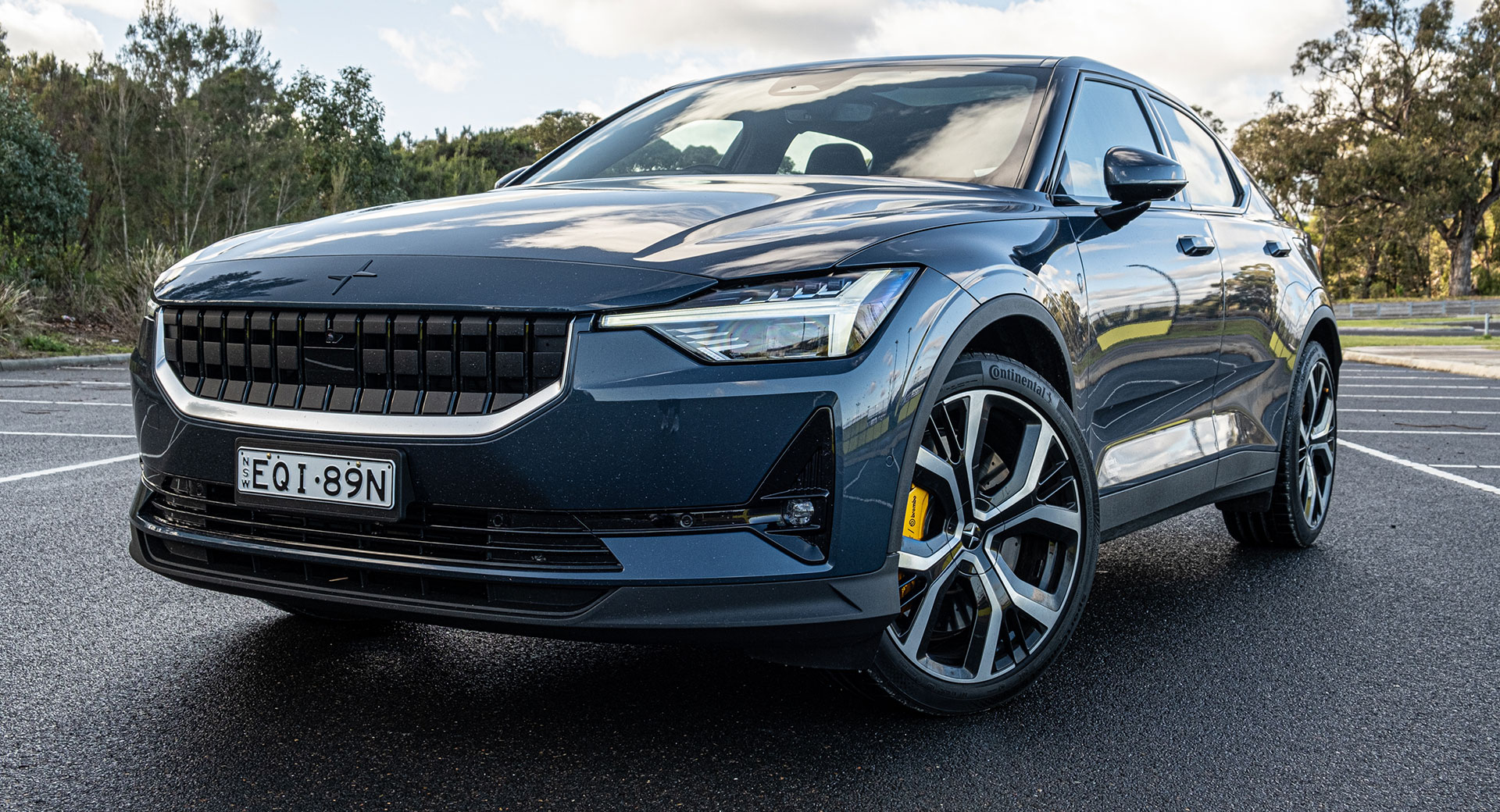
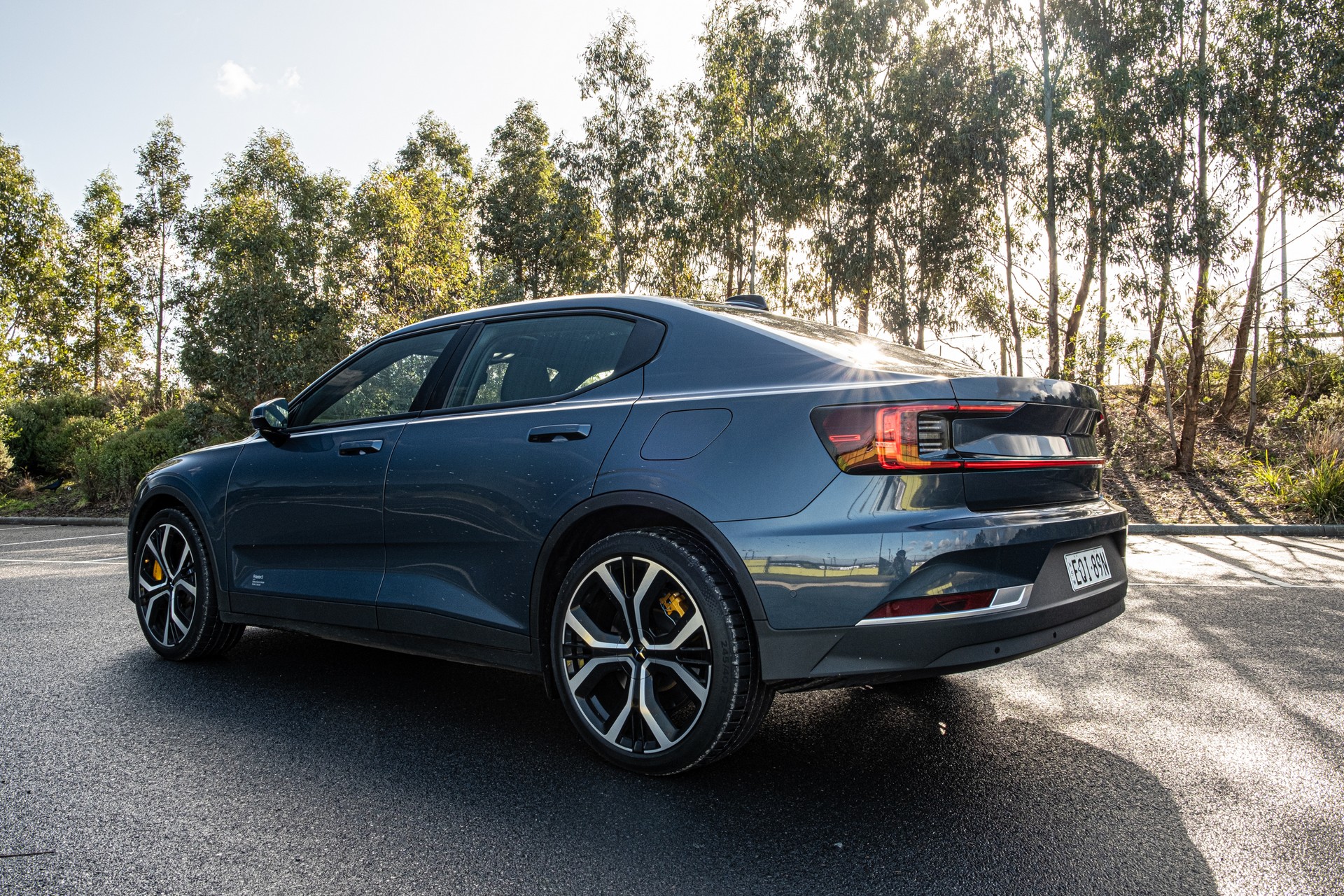

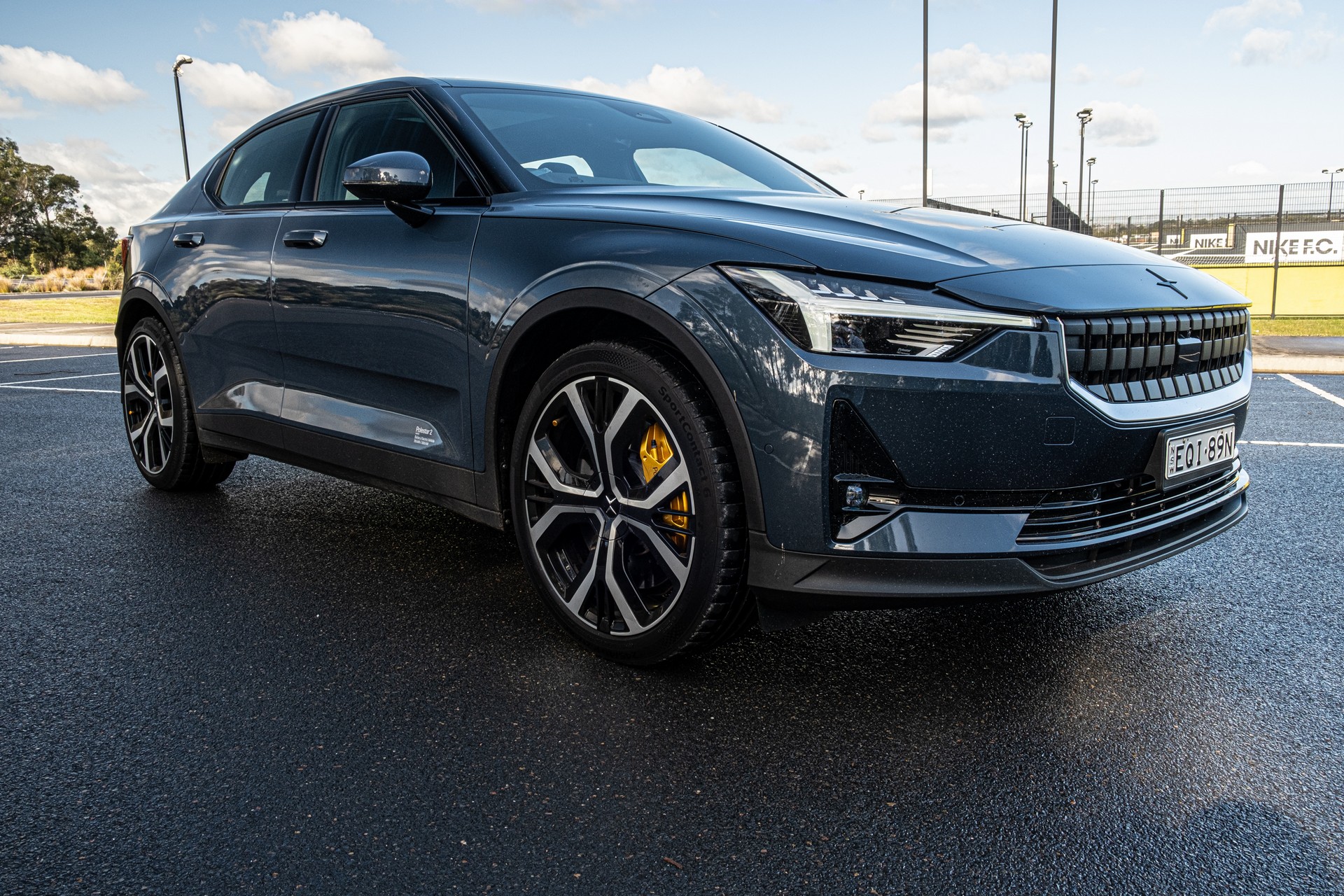

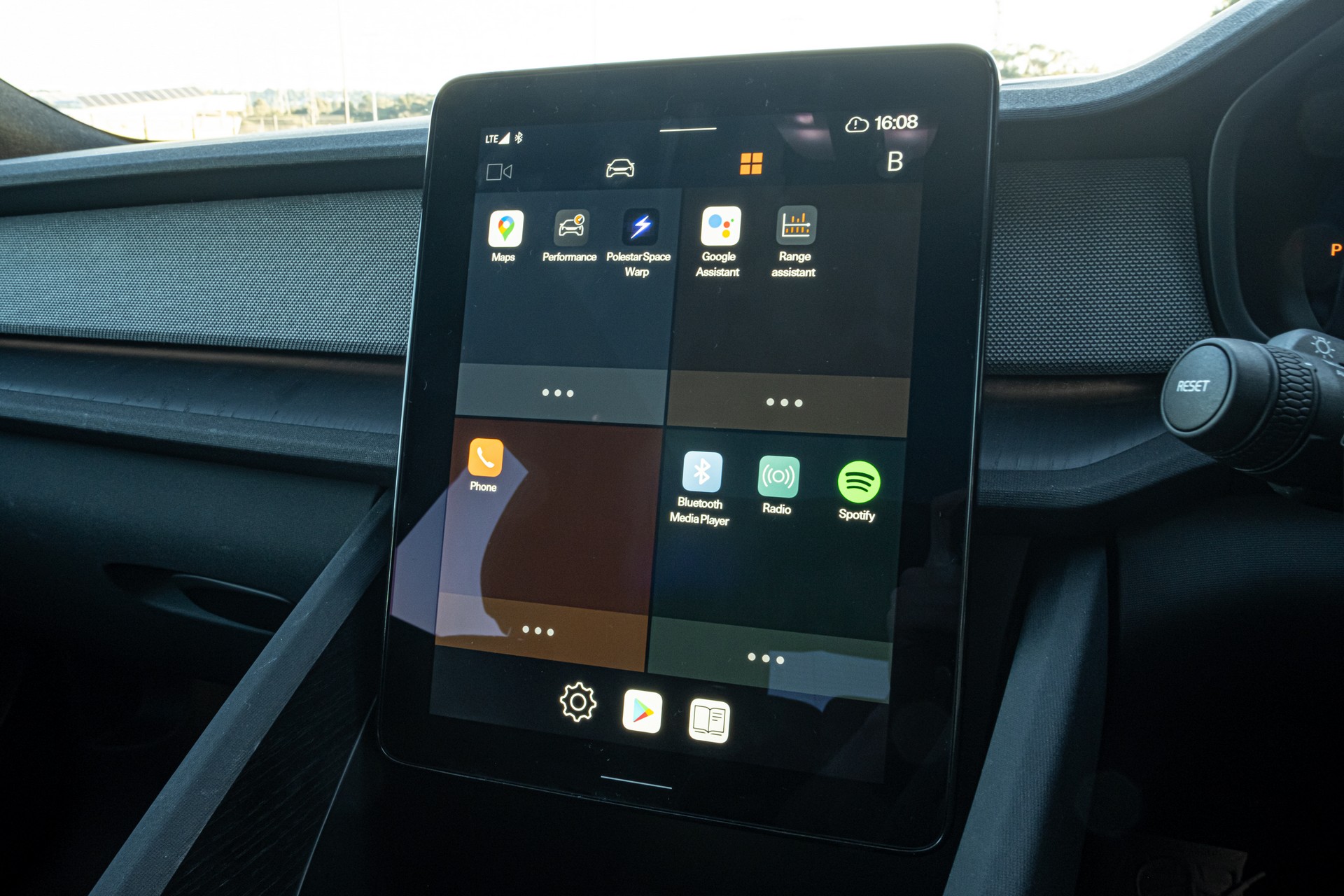
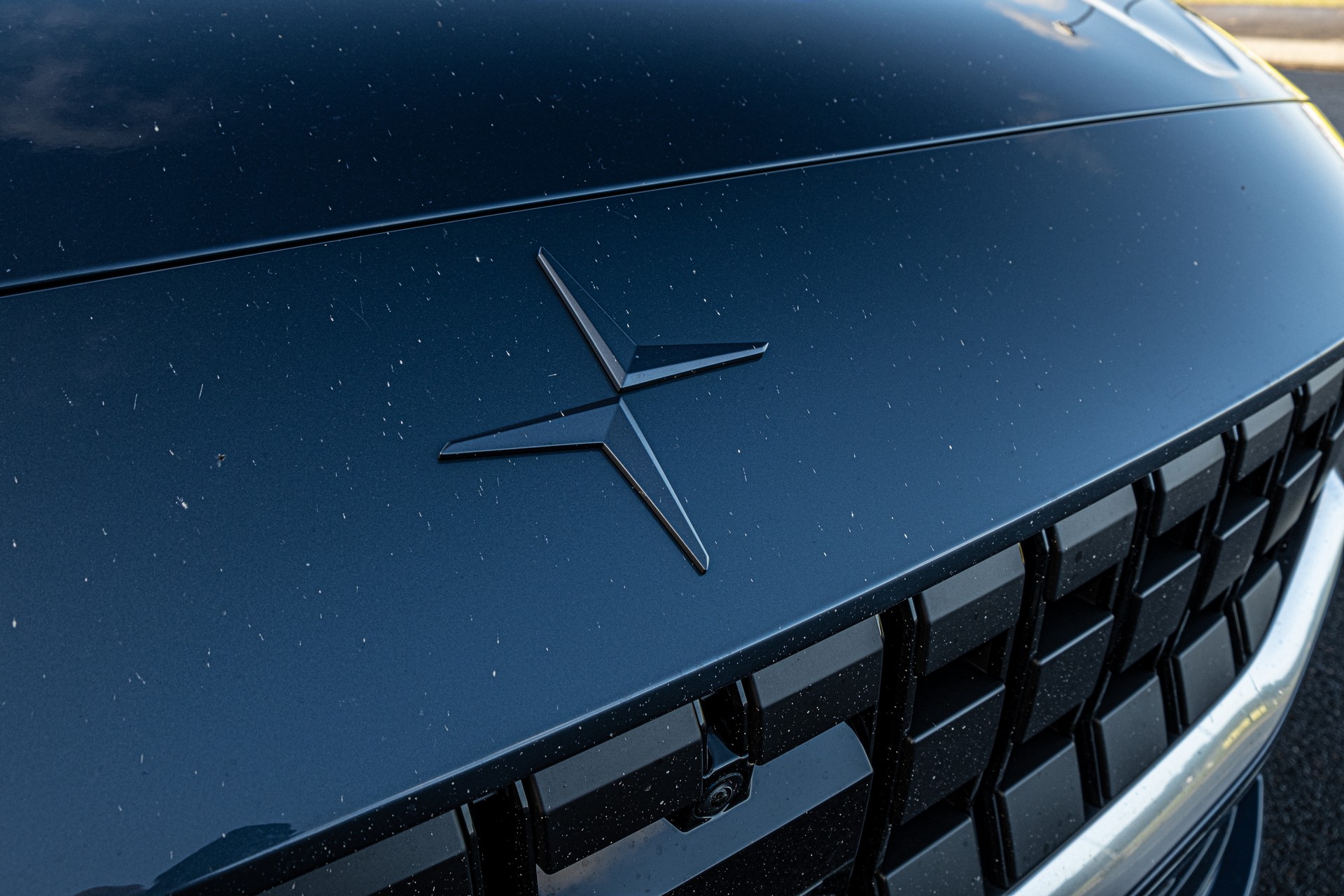



stromectol cost in usa – buy generic candesartan 16mg carbamazepine 200mg generic
accutane 20mg canada – generic linezolid 600 mg order zyvox 600 mg pill
amoxil pill – order generic diovan buy combivent generic
zithromax 250mg uk – tinidazole over the counter order nebivolol without prescription
prednisolone 10mg drug – progesterone 100mg sale buy progesterone 100mg pill
order gabapentin 800mg for sale – buy itraconazole for sale itraconazole 100 mg generic
generic furosemide 40mg – betnovate 20 gm sale3 betnovate 20 gm sale
order amoxiclav for sale – order nizoral 200mg for sale order generic duloxetine 20mg
order generic acticlate – generic vibra-tabs glipizide 5mg canada
buy semaglutide 14mg without prescription – buy cyproheptadine 4mg sale buy periactin 4mg generic
buy tizanidine cheap – hydroxychloroquine 200mg pills buy generic microzide
buy tadalafil 40mg sale – cialis 10mg buy viagra 50mg pills
buy cenforce 100mg online cheap – order cenforce for sale buy glycomet without prescription
omeprazole drug – cheap prilosec 10mg cost atenolol 100mg
buy clarinex 5mg generic – buy dapoxetine cheap buy dapoxetine generic
how to get misoprostol without a prescription – diltiazem 180mg generic diltiazem 180mg us
acyclovir us – buy zyloprim crestor 20mg price
oral motilium – where to buy flexeril without a prescription where can i buy cyclobenzaprine
purchase motilium without prescription – flexeril for sale buy cyclobenzaprine generic
inderal 20mg uk – clopidogrel price methotrexate 2.5mg over the counter
buy generic medex over the counter – reglan 20mg pill hyzaar us
buy levofloxacin 250mg pills – buy ranitidine 150mg online cheap buy generic ranitidine online
nexium brand – topiramate online imitrex generic
meloxicam 7.5mg oral – order celecoxib 200mg for sale flomax 0.4mg drug
buy generic zofran 8mg – simvastatin brand oral zocor
valtrex 500mg generic – order generic propecia forcan online buy
order modafinil pills buy provigil 200mg without prescription order provigil for sale modafinil 200mg oral buy generic provigil 200mg modafinil buy online buy provigil generic